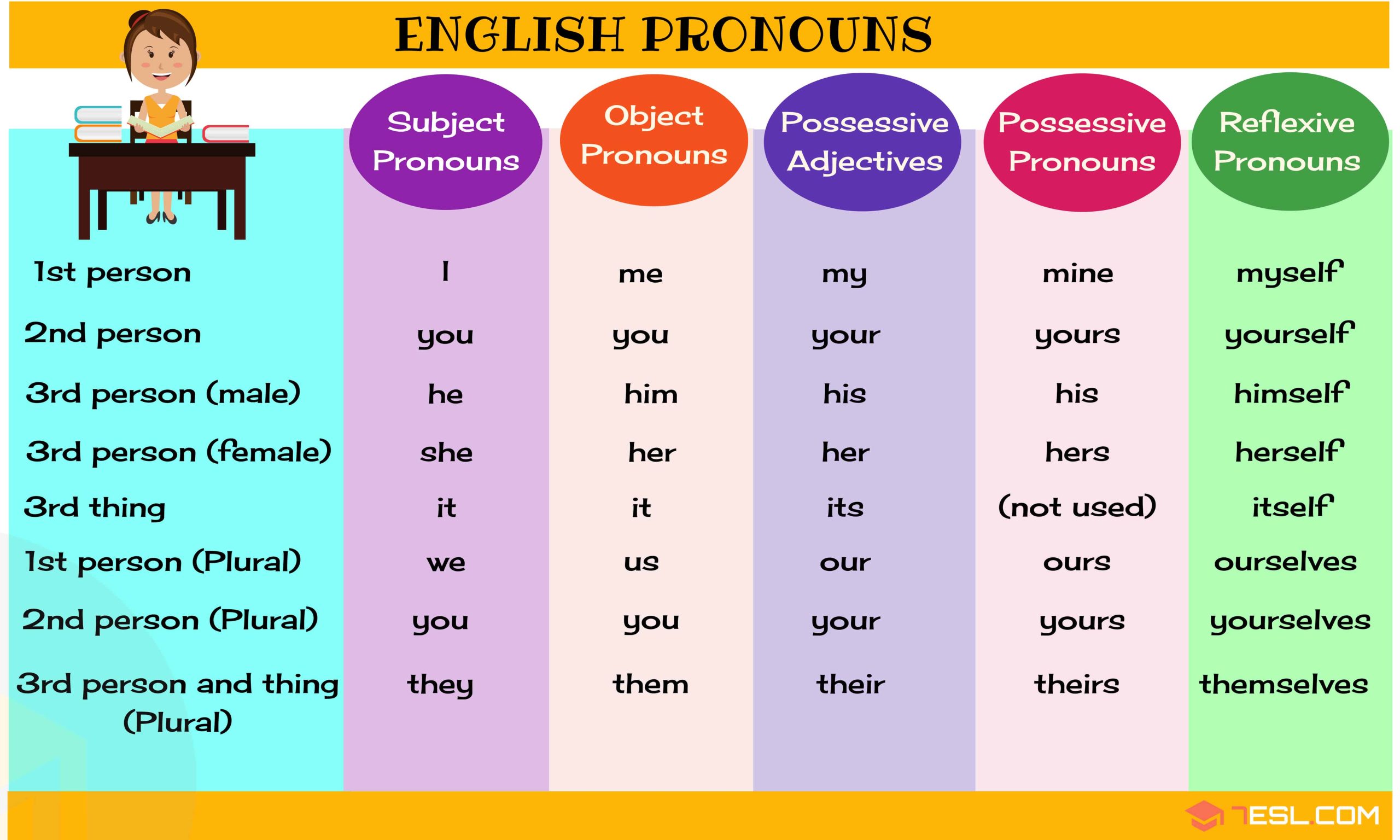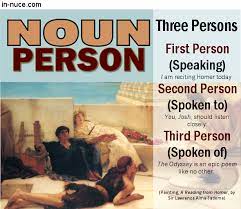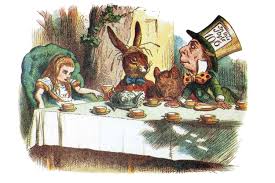
Each person in grammar represents a different perspective or point of view (POV) in a narrative. First person includes the speaker (English: I, we, me, and us), second person is the person or people spoken to (English: you), and third person includes all that are not listed above (English: he, she, it, they, him, her, them, the people). It also frequently affects verbs, and sometimes nouns or possessive relationships.
- First Person POV (I am experencing it) – “My heart leaped into my throat as I turned and saw a frightening shadow.”
- Second Person POV (putting you into the story) – “You turn and see a frightening shadow.”
- Third Person POV (about a group) – “They turned and saw the frightening shadow.
The First-Person Point of View
When you write or speak in the first person, you are telling your own thoughts or ideas or those of a group you belong to. The following are examples of self-directed statements:
I arrived at the party before the other guests did.
There was a ticket waiting for me at the counter.
This has always been a favorite movie for us.
The Second-Person Point of View
The second person addresses the audience whether it is one person or many people:
You are my best friend.
You can feel good about the way you played today.
You all deserve credit for the company’s performance this quarter.
The Third-Person Point of View
We will use the third person to refer to someone or something that is either not us or not an audience we’re addressing:
After leaving late from the meeting, she had to run to catch the bus.
They should be careful when walking around that puddle.
It wouldn’t start because the battery was dead.
The following general guidelines might be helpful in making choices
- First-person points of view tend to be more descriptive and individual.
- The second person is usually recognized as more intimate, immediate, and persuasive.
- Third-person perspectives create more distance and often feel more rational.
By experimenting with different voices in your writing, you’ll learn to use each effectively as it suits your intentions. An essay may be most powerful in the first person, for example, while a science-fiction short story might explore new possibilities in the third person.
The three main types of third-person point of view
By Richard Nordquist
Updated on May 30, 2019
In a work of fiction or nonfiction, the “third-person point of view” relates events using third-person pronouns such as “he,” “she,” and “they.” The three main types of third-person point of view are:
- Third-person objective: The facts of a narrative are reported by a seemingly neutral, impersonal observer or recorder. For an example, see “The Rise of Pancho Villa” by John Reed.
- Third-person omniscient: An all-knowing narrator not only reports the facts but may also interpret events and relate the thoughts and feelings of any character. The novels “Middlemarch” by George Eliot and “Charlotte’s Web” by E.B. White employ the third-person-omniscient point of view.
- Third-person limited: A narrator reports the facts and interprets events from the perspective of a single character. For an example, see Katherine Mansfield’s short story “Miss Brill.”
In addition, a writer may rely on a “multiple” or “variable” third-person point of view, in which the perspective shifts from that of one character to another during the course of a narrative.
Video
Sources: https://www.grammarbook.com/blog/pronouns/first-person-vs-second-person-vs-third-person/
https://www.youtube.com/watch?v=DwcJ2VoYdCg
https://www.thoughtco.com/third-person-point-of-view-1692547

































